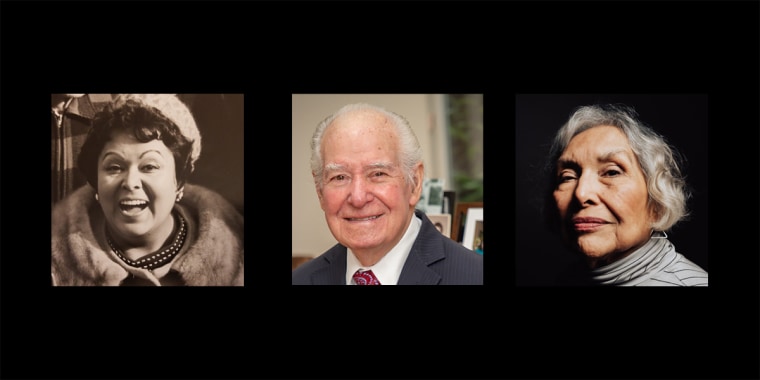The year 2021 marked some momentous passings.
Music fans around the world were saddened by the recent death in Mexico of the country's national treasure — the "King of Ranchera music,” Vicente Fernández. His death Dec. 12 marked the end of a legendary career that left us with a trove of powerful, iconic ballads that will be sung for generations.
In the U.S., we said goodbye to Latino artists and activists, jurists and designers. From labor leaders to international style icons, what they have in common is that they enriched our lives and made an impact in our local, national and international communities.
ADOLFO, 98, fashion designer. Although his surname was Sardiña, this designer was known professionally by his first name. Adolfo grew up in Havana, with an aunt who took him along on trips to Paris. There he fell in love with fashion and met Coco Chanel several times. Chanel became one of Adolfo’s strongest influences as he embarked on his own career in New York City.
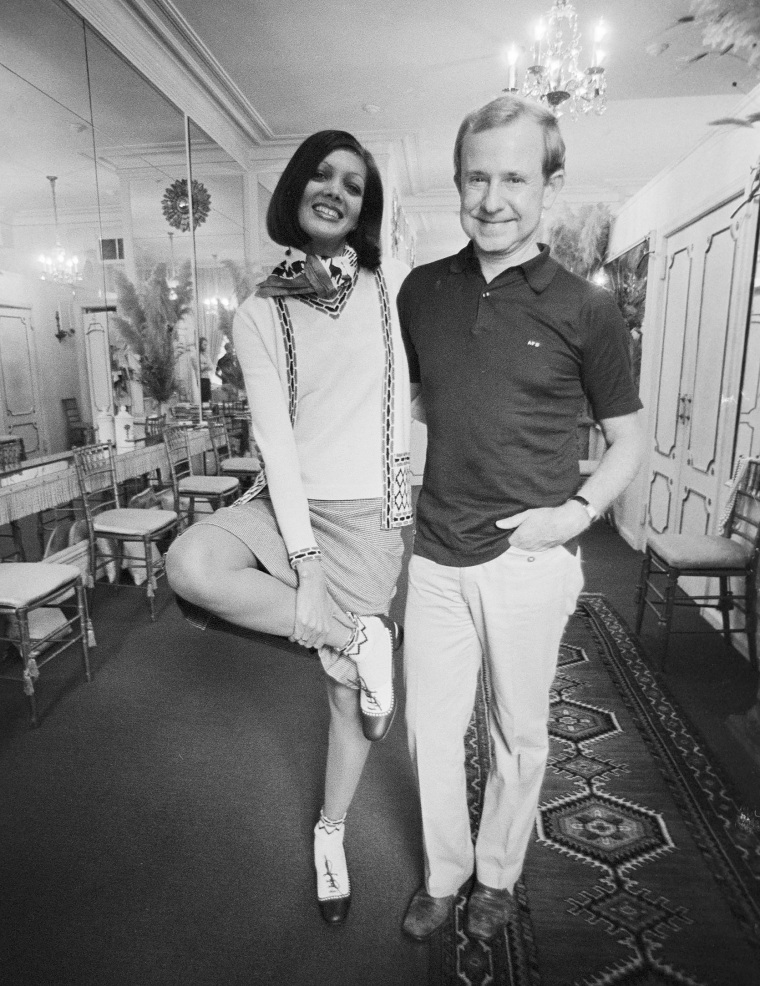
From the 1960s through the 1980s, Adolfo was one of the country’s leading designers, with clients including Jacqueline Kennedy and Gloria Vanderbilt. It was his long association with Nancy Reagan, however, that brought Adolfo to international prominence. He was a favorite of the former first lady, dressing her for the presidential inaugurations in 1981 and 1985. The trim suits he created for Reagan were responsible for the iconic “Nancy Reagan red” look.
Adolfo had over 20 Vogue magazine cover credits, Coty Awards and retail and licensing deals that sold his products from Saks Fifth Avenue to QVC.
Yet he avoided the spotlight. “Adolfo was the most private public person I have known,” said Stan Herman, the former president of the Council of Fashion Designers of America. “He took his work very seriously. He was a true gentleman.”
“Adolfo was at the beginning of the era when American designers made the move into the global world of fashion,” Herman said. “He was one of the first, and he did it very well.”
KATHY ANDRADE, 88, labor advocate. Born in El Salvador, Andrade was the director of education for a New York chapter of the International Ladies Garment Workers Union, or ILGWU, from the 1960s until 1995. Her influence, however, went far beyond her title, as she devoted her life to helping immigrant workers. She arranged citizenship classes and English classes and organized sewing sessions for union members to make patriotic costumes to wear in New York City’s Labor Day parade.
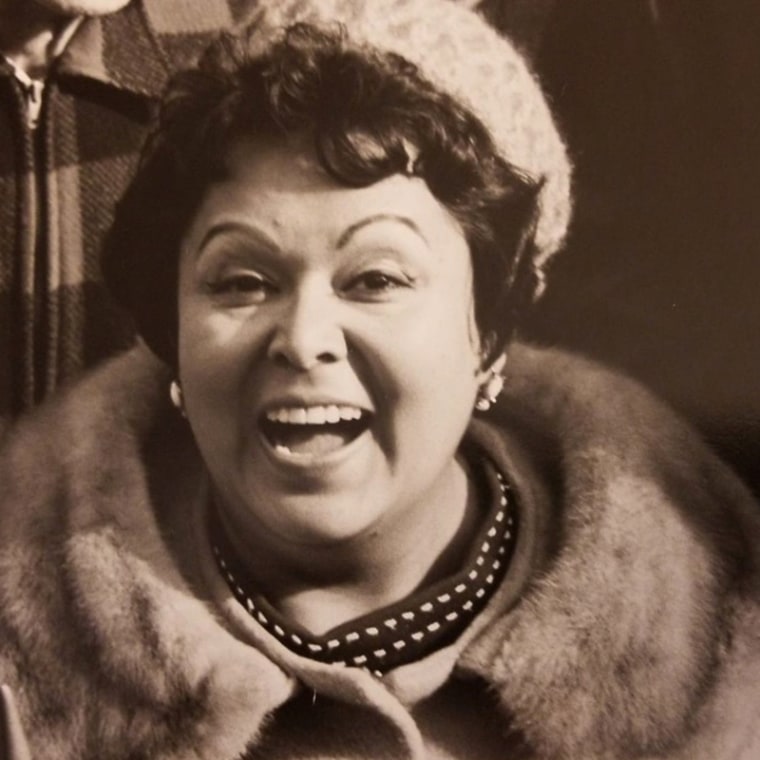
On a broader level, Andrade’s legacy is even more significant. “Her work with the New York ILGWU helped the overall labor movement to accept and include immigrant workers,” labor historian Rachel Bernstein said. “She made union leadership understand how important it was to engage with immigrant workers, instead of fearing them.” The ILGWU was subsequently the first labor union to support immigrant rights and immigration reform. Then, as The New York Times put it, “the labor movement later caught up with Ms. Andrade.” By 2000, the AFL-CIO was calling for amnesty for undocumented workers.
“Kathy made immigration a policy issue for her union before it became widespread for immigration to be a policy issue,” said Muzaffar Chishti, a senior fellow with the Migration Policy Institute. “And she exuded warmth. There was a big smile and a warm personality that you could not escape.”
PEDRO GOMEZ, 58, sports journalist. The son of Cuban refugees, Gomez grew up in Miami before he started his career as a baseball reporter for newspapers like the San Jose Mercury News and The Arizona Republic. Once he joined ESPN, he became a familiar face on “SportsCenter.” Gomez covered major stories, including Barry Bonds’ home run record and Major League Baseball’s historic return to Cuba in 2016.

“Pedro meant so much to me, more than any other mentor or person in the game, because he was Latino and so visible,” said Sarina Morales, a reporter for Bally Sports. “He always did things the right way. He stayed true to the ethics of journalism and focused on the story. He loved the game — he really was Mr. Baseball.”
Baseball was in Gomez’s blood. His grandfather was an umpire in the winter leagues in Cuba, and his son Rio is a minor league pitcher with the Boston Red Sox.
“Pedro brought out the best in people,” said a friend, the author Steve Kettmann. He said Gomez’s bilingual abilities made him important in a sport with a large Latino fan base and many players of Latin American descent. “Pedro was able to make a huge difference in the respect and understanding that young Latino players could earn,” said Kettmann, who edited the book “Remember Who You Are: What Pedro Gomez Showed Us About Baseball and Life.”
YOLANDA LÓPEZ, 78, artist and activist. Originally from San Diego, López spent her adult life in the San Francisco Bay area, where she joined the Chicano Movement in the 1960s. She was determined to elevate the struggles of the oppressed and produced countless paintings, posters and signs. In her best-known work, she recast the Virgin of Guadalupe as herself, her mother and her grandmother, depicting the iconic image as three working-class women. In the 1970s, the paintings were so controversial that López got death threats.
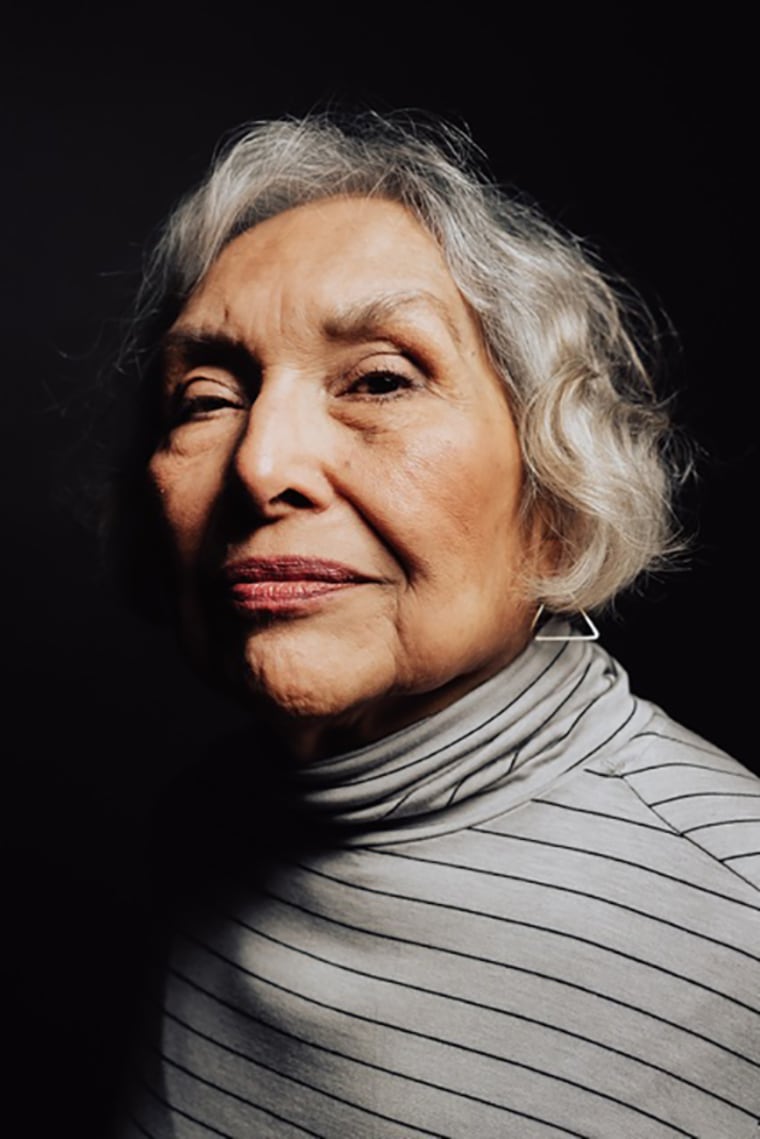
“Yolanda was an artist who prioritized political commitment and her community,” said Jill Dawsey, the curator at the Museum of Contemporary Art San Diego, where an exhibition of López’s work runs until April. “She was fierce and brilliant. She changed the course of Chicana feminist art. But the mainstream art world did not pay attention.” The San Diego exhibition is López’s first major show with a museum.
Although López taught at prestigious institutions like Stanford University and the University of California, Berkeley, she often struggled financially. But she never stopped creating. When she faced displacement from her home in 2014, López turned the sale of her belongings into performance art — inviting the public to participate in an “eviction garage sale.”
“It was really important to my mom to be seen in the context of the civil rights movement,” said López’s son, the artist Rio Yañez. “Her pathway to the arts came as an extension of her activism. For her, art and activism were inseparable.”
JOHNNY PACHECO, 85, musician and impresario. A performer, producer and bandleader, Pacheco elevated Afro-Cuban music and was known as “the Godfather of Salsa.” Born in the Dominican Republic, Pacheco grew up in the Bronx, New York, and studied percussion at the Juilliard School.
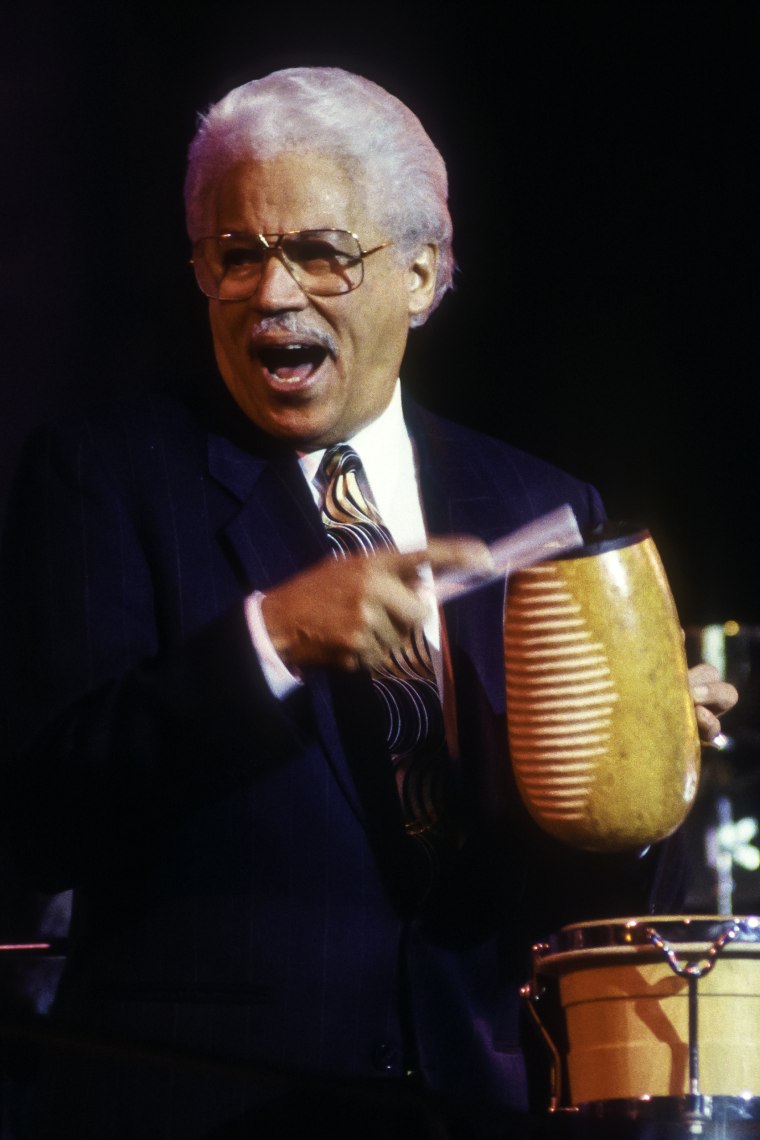
In 1963, Pacheco co-founded Fania Records (often called the Latin Motown), the label of Celia Cruz and Rubén Blades. Five years later, he assembled the Fania All-Stars supergroup and helped popularize salsa music all over the world. At a legendary 1973 concert at Yankee Stadium, the Fania All-Stars whipped over 40,000 fans into what has been described as “a musical frenzy.”
“Johnny Pacheco was the driving force behind salsa as a movement and a musical genre,” said Leila Cobo, an author and the vice president of Latin Music for Billboard. “He took beats from Cuba and Puerto Rico and blended them with New York City soul and jazz.”
In 1998, Pacheco was inducted into the International Latin Music Hall of Fame, and in 2005 he was awarded a Latin Grammy Lifetime Achievement Award.
Pacheco collaborated with innumerable Latin artists, as well as household names like Quincy Jones and Tony Bennett. “He would work with anyone who was into the music,” Cobo said. “It didn’t matter where they were from or if it was in Spanish or English. ... Music is about mixing cultures and influences, and Johnny was very much about that.”
CRUZ REYNOSO, 90, pioneering jurist. As a joke, Reynoso used to tell friends that he was the best Latino student in his law school class. That’s because he was the only Latino student in the University of California, Berkeley, School of Law’s class of 1958.
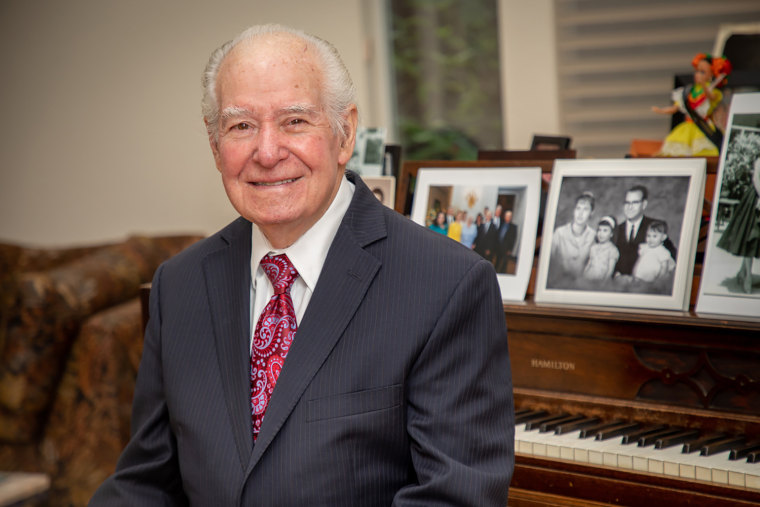
The son of migrant farmworkers, Reynoso worked in the fields as a child, giving him firsthand experience of the conditions endured by farmworkers. Years later, as director of California Rural Legal Assistance, or CRLA, he oversaw efforts to ban toxic pesticides and to ensure that farmworkers had access to sanitation facilities. Legal challenges brought by CRLA helped change laws for farmworkers nationwide.
In 1981, Reynoso became the first Latino to serve on California’s Supreme Court. He went on to serve on the U.S. Commission on Civil Rights and became a distinguished member of California’s legal community. It was Reynoso who introduced future Supreme Court Justice Sonia Sotomayor at a 2001 speech in Berkeley, where she made her famous “wise Latina” remarks.
Reynoso was renowned for his kindness. “Cruz always encouraged young people to pursue their education,” said Kevin R. Johnson, the dean of the University of California, Davis, School of Law. “He would say: ‘You don’t see a lot of people with names like Reynoso in places of high power, but it’s possible. You should think about it.’”
In 2000, Reynoso was awarded the Presidential Medal of Freedom, the nation’s highest civilian honor.
ALBOR RUIZ, 80, columnist and editor. Ruiz’s concern for his homeland, Cuba, and fellow immigrants informed his entire career.
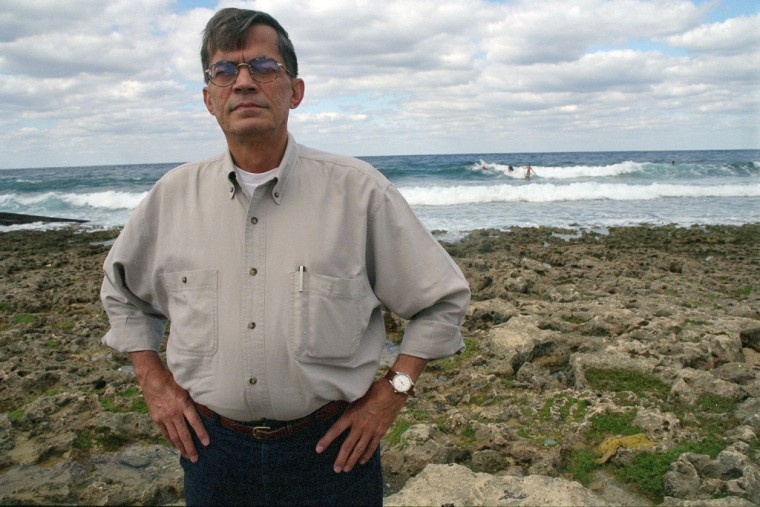
At a time when Latinos were underrepresented in news, Ruiz was a prominent voice in the country’s top journalism market. He wrote editorials for the New York Daily News, served as editor of its bilingual spinoff, El Daily News, and was a columnist for the Spanish-language paper El Diario. In 2000, he covered the Elián González saga, which was personal to Ruiz, as he was from the same hometown and had attended the same school in Cuba as González.
“Albor really felt the connection, the responsibility, of speaking authentically for Latinos,” said his friend and former colleague Maite Junco, the vice chancellor for communications and marketing at the City University of New York. “He used his voice to highlight those [people] who were not represented in newsrooms. He was persistent. If he believed a story was worthwhile, he would not back down.”
In 2003, Ruiz was inducted into the National Association of Hispanic Journalists Hall of Fame. “Whether it was about workers in the bodegas or livery drivers in Queens, Albor wanted to tell stories that others were not telling,” Junco said. “And he told them with passion and with respect.”
IRIS SANTOS, 22, makeup artist and entrepreneur. Santos loved the theater and dreamed of a career in the entertainment industry. She was a transgender woman who was equally at home marching in Houston’s Gay Pride Parade or exploring her family’s Mexican traditions. On April 23, her life ended when she was shot by an unknown person as she sat at a table outside a restaurant.

According to the Human Rights Campaign, 2021 is the deadliest year on record for transgender and gender-nonconforming people, and Santos was selected by NBC News to represent these promising lives cut short. Yet Santos was much more than a statistic or a victim. She was a beloved friend, sister and daughter. She had her life ahead of her, and her family hopes her case will be solved.
Makaela Worrell, a close friend, described Santos as “like the rainbow.”
“She was a joyful person, even when she faced problems in life,” Worrell said. “She always found ways to turn setbacks into something joyful, for herself and for other people.” Worrell recalled Santos’ theater productions in school and her love of bright colors. “Whatever she did, whether it was makeup or a costume or hair, Iris wanted it to be bright. She was a very happy person.”
On Nov. 20, President Joe Biden honored Transgender Day of Remembrance, saying: “Transgender people are some of the bravest Americans I know. But no person should have to be brave just to live in safety and dignity.”
GREGORY SIERRA, 83, actor. In his storied career, Sierra danced with Rita Hayworth, acted opposite Angela Lansbury and toured the country performing Shakespeare. But millions of television viewers knew him from his regular roles on the 1970s sitcoms “Sanford and Son” and “Barney Miller.”
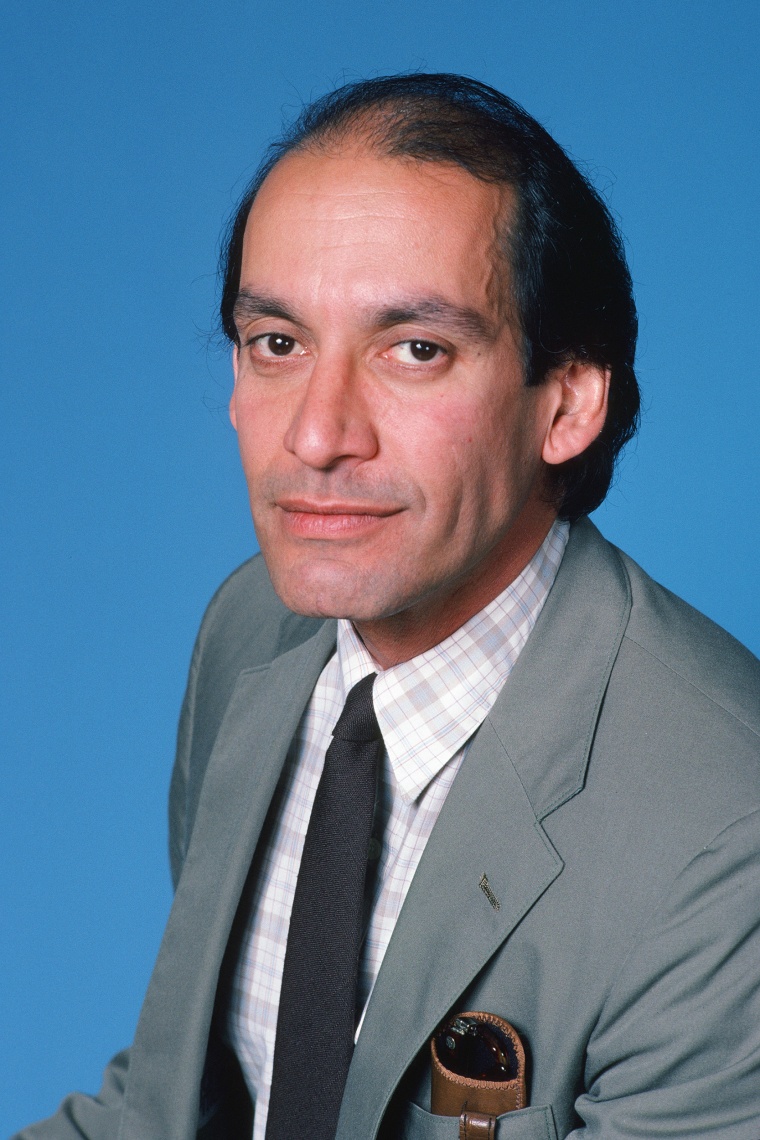
From the 1970s through the 1990s, Sierra acted on virtually every major television show, from “All in The Family” to “Miami Vice” to “The X-Files.” He also appeared in films, including “Papillon” and “The Towering Inferno.”
“He worked for 50 years. He never didn’t work,” said his widow, Helene Tabor. “That was amazing for Hollywood, and especially for a Latino.” She mentioned with pride that, when Norman Lear received the Kennedy Center Honors in 2017, he personally selected a clip showing Sierra as representative of his work.
Of Puerto Rican descent, Sierra was remarkable for his versatility. In an industry that still offers limited opportunities for Latino actors, Sierra played Latino, Hawaiian, Native American and Italian roles. In 2009, after a long absence from the stage, he played a British police officer in a Southern California theater production of “See How They Run.”
“Throughout his life, he got fan mail and requests for pictures,” Tabor said. “That is a nice legacy, that people still think of him. He was such an amazing, generous person. I miss him terribly.”
Follow NBC Latino on Facebook, Twitter and Instagram.
